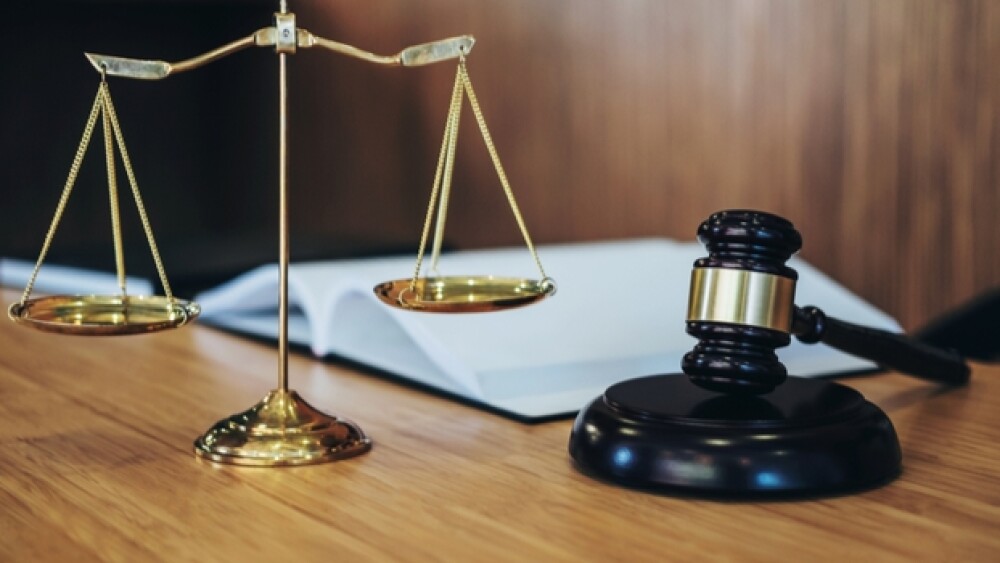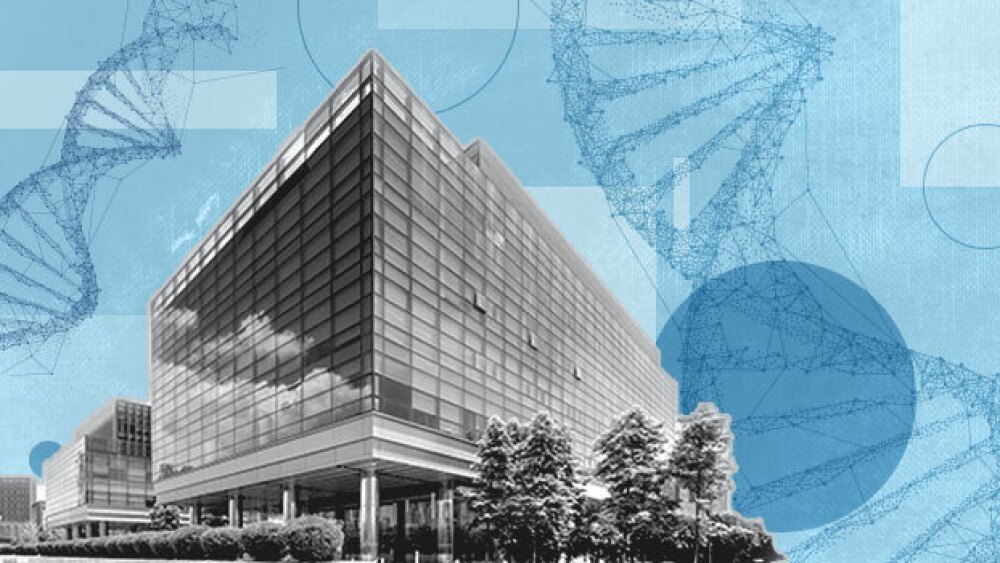Trade secrets litigations and disputes have been on the rise in recent years, and given the FTC’s recent proposal to ban all non-compete agreements nationwide, the trend is likely to continue.
Courtesy Getty Images
Trade secrets litigations and disputes have been on the rise in recent years, especially in fields with increased competition and sensitive data like the biopharma industry.
Given the Federal Trade Commission’s recent proposal to ban all non-compete agreements nationwide, the trend is likely to continue. If passed, the rule would force biotech companies to find another way to protect themselves against the unlawful sharing of confidential information.
In the past year alone, trade secrets lawsuits involving industry leaders like Roche and Pfizer have graced headlines, but million-dollar suits filed by large pharma companies are only the tip of the proverbial iceberg.
What is - and isn’t - a Trade Secret
A report published by investment bank and advisory firm Stout showed that in 2020, federal cases pertaining to trade secret disputes yielded $3 billion in damages.
The authors of the report predicted litigation activity will continue to expand in the coming years due in part to an increase in technological advancement and the digitization of information. They also cited the Defend Trade Secrets Act of 2016 (DTSA) as a cause.
Gregory Bombard, legal expert and trial lawyer at Greenberg Traurig, called the DTSA “the most significant change in trade secret law in the last 10 years.”
He told BioSpace that previously, trade secrets cases were litigated in state courts under state law. The act brought a uniform definition and protection for trade secrets across the U.S.
The United States Patent and Trademark Office (USPTO) states that under federal law, a trade secret:
- is information that has either actual or potential independent economic value by virtue of not being generally known,
- has value to others who cannot legitimately obtain the information, and
- is subject to reasonable efforts to maintain its secrecy.
Bombard said the phrase “reasonable efforts,” meant to describe an employer’s actions to protect their confidential information, is one of the primary points contested in a trade secrets lawsuit.
“That definition is relatively malleable,” he said. “As long as the court finds that a plaintiff has taken reasonable measures to keep the information secret, that information can qualify as a trade secret.”
Nicholson Price, a professor of law at the University of Michigan law school, told BioSpace that one of the most common reasonable measures employers take is requiring employees to sign non-compete agreements, effectively stopping the sharing of information before it can begin.
“Non-competes are another way of achieving that goal by saying that you can’t even put yourself in a position to use our secret information, because for some period of time, you can’t work for a company where that information would be useful,” Nicholson said.
However, if the FTC’s ban on non-competes goes into effect, companies will have to rely on other measures, such as non-disclosure agreements and restricting access to sensitive information altogether.
The Burden of Proof
Once the information has met all the requirements to be protected under trade secret law, the plaintiff must then prove the defendant is guilty of misappropriation.
In some cases, of course, there is hard evidence, like a hard drive or computer filled with sensitive information that a former employee gave to their new employer.
But in others, the case must be built based on circumstantial evidence, often presented in the form of a product or research that the plaintiff believes the company in question could not have produced on its own.
These cases include myriad challenges for the court, especially when life sciences companies are involved.
By nature, a trade secret is meant to be just that - secret. But when a plaintiff is presenting their case in court, they walk a tightrope between proving sensitive information has been shared and not revealing said information to the public.
For example, in 2021, Oakwood Laboratories brought its case against Dr. Bagavathikanun Thanoo to the Third Circuit Court of Appeals after a district court had dismissed the company’s complaint four separate times.
The information in question was related to a microsphere technology, which cost Oakwood $130 million dollars and took over 20 years to develop. In contrast, it took Aurobindo Pharma, the company that employed Thanoo, only a few years, much less money and a much smaller pool of resources to develop the same technology.
The district court argued that even though Oakwood submitted over 16 exhibits describing the information that was misappropriated, it did not adequately define the trade secrets in question.
The Third Circuit overturned this ruling. It wrote that the district court’s demand for further precision in the pleading was “misplaced,” and “ignore[d] the challenges a trade secret plaintiff commonly faces when only discovery will reveal exactly what the defendants are up to.”
Shades of Gray
Bombard called these types of cases “gray in nature.” They often contain multiple shades, as even after a plaintiff shows the court that confidential information was, in fact, shared, they then have to prove exactly who shared it.
This is difficult for life sciences companies, as there is often an overlap between the skills and knowledge that researchers and scientists gain throughout their careers and the sensitive information they acquire in their time in a specific role.
“The court has to try to distinguish between what information in that person’s head is confidential or secret information belonging to their old employer and what comes from their own general skill and knowledge as a scientist,” Bombard said. “Those can be very challenging questions to work out.”
Still, the same report that added up the billions in damages from trade secrets cases also showed that well over half (68%) of the cases studied were ruled in favor of the plaintiffs.
This shows that though the burden of proof is heavy, as long as pharma companies take reasonable precautions, the court is likely to rule in their favor.





